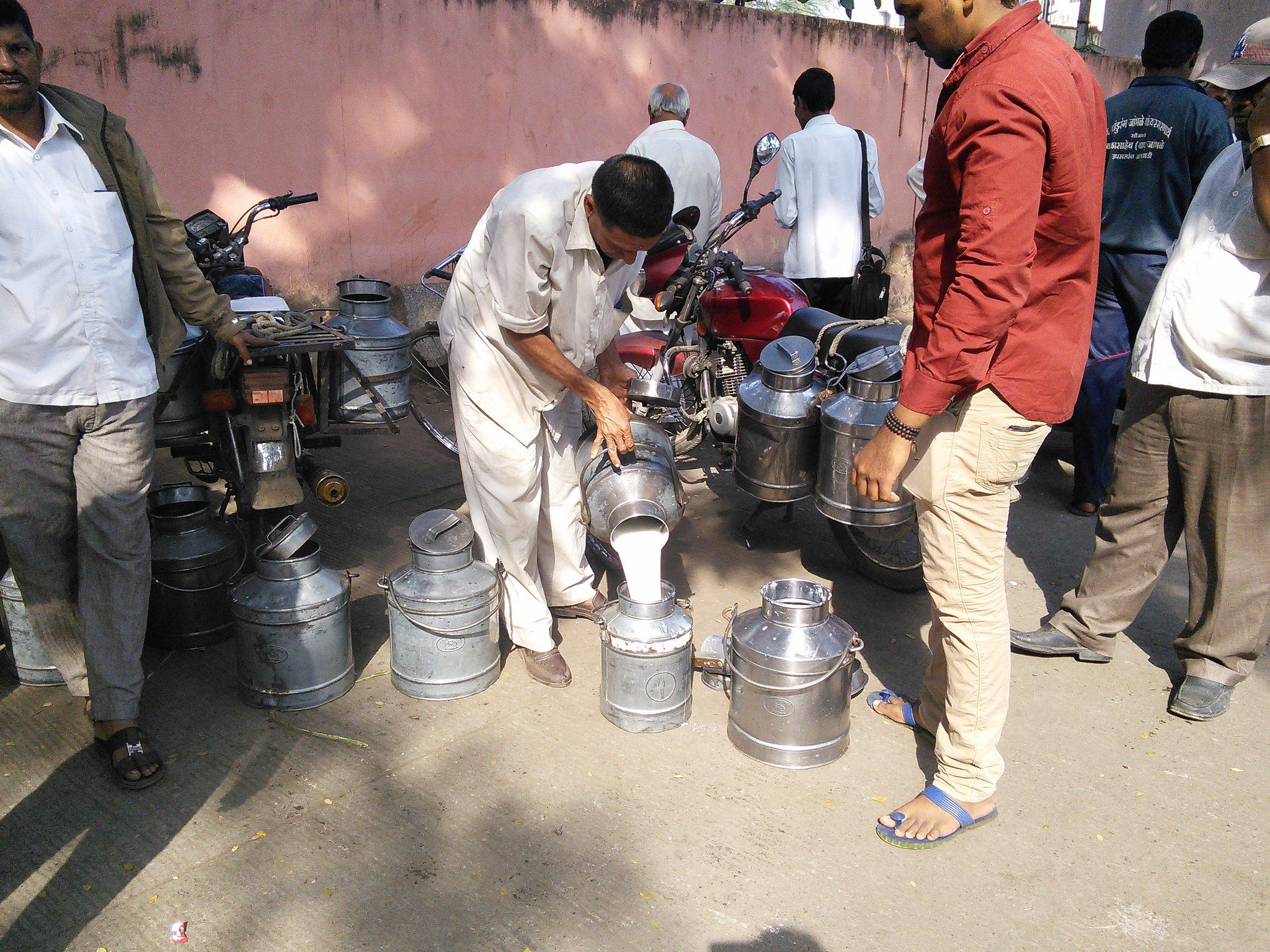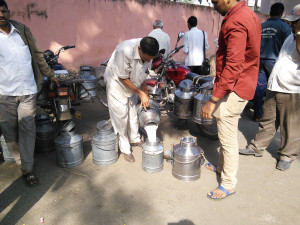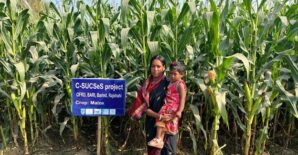The dualistic (formal and informal) dairy sector in India—characterised by poor infrastructural facility for procurement, processing, transportation, and marketing—provides a lot of scope for malpractice. The very first national survey on adulteration of milk by the Food Safety and Standards Authority of India, conducted in 2011, found that 70 percent of the sample did not conform to the mandated quality standards. Out of 33 states and union territories, it was found that in seven states, 100 percent of the sample did not comply with the standards. Contaminants like urea, starch, formalin, and detergent, along with water, were used as adulterants. Even in the national capital, Delhi, around 70 percent of the sample did not conform. These figures clearly indicate the lack of enforcement of food safety laws leading to low food safety in the country.
If there is regulatory failure, an alternative is to try and ensure food safety through demand pull by the consumers. This would then put pressure on the suppliers to guarantee food safety or face a punitive market response. In order for this channel to work, consumers need to be informed about what food safety entails and how to access safe food. One of the possible ways in which such information is available to consumers is through their social networks. Literature has shown both positive and negative influences of social networks on health related decisions (for example in becoming a smoker as well as in quitting it). But regarding food safety awareness and practices there seems to be little research on the role of social networks.
A recent IFPRI discussion paper titled “Peer Effects in the Valuation of Attributes and Practices for Food Safety: Findings from the Study of Dairy Consumers in India” presents the evidence of peer effects in the valuation of food safety related attributes and practices adopted for mitigating risks among dairy consumers in India.
The study uses primary survey data conducted in the Pune and Pimpri-Chinchwad districts of Maharashtra. While looking for peer effects, peer groups were defined based on age, gender, income level, and occupation. Exploiting the multi-dimensionality of food safety as an attribute the study adopts an empirical strategy that can account for individual level unobserved characteristics (such as latent knowledge regarding food safety). There were several unobserved factors that could confound these peer effects in valuation and practices related to food safety. First, there could be individual consumer’s innate health and hygiene consciousness that is particularly important in explaining valuation and choice outcomes related to food safety. Secondly, peer groups being individual specific and invariant across the different attribute valuations, sources of exogenous effects (observed and unobserved) could also be confounders and need to be accounted for. Additionally, individual unobserved characteristics could also play a role in selection bias arising from group selection.
The paper shows that if an endogenous social effect is established for a given consumer, at the same time period, the variation in her valuation over different traits of food safety (such as pasteurization and certification) is correlated with the variation in the average valuation of her peers of the same traits. As a test of robustness, the same exercise was repeated for different practices of food safety in dairy, for example boiling, checking for labels, and certification.
The study finds that, in the case of food safety, the peer group’s valuation and the practices that it follows to mitigate food safety risks seem to bear strongly on the individual’s valuation, behaviours, and choices. Paper finds evidence of significant peer effects in overall, which can be very useful for devising food safety polices.
Read More: Op-ed in Economic Times




